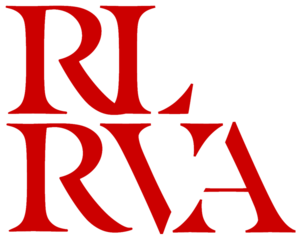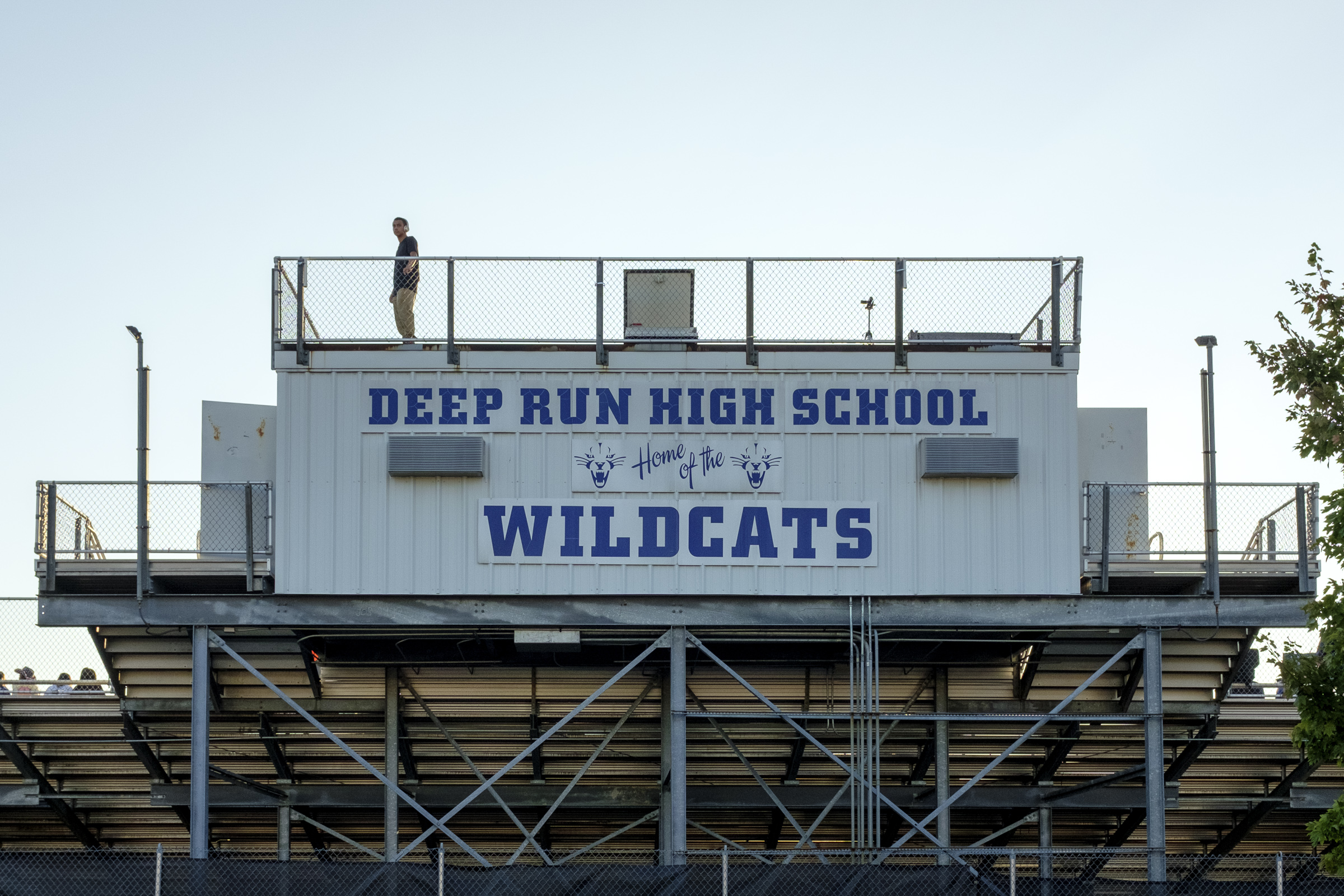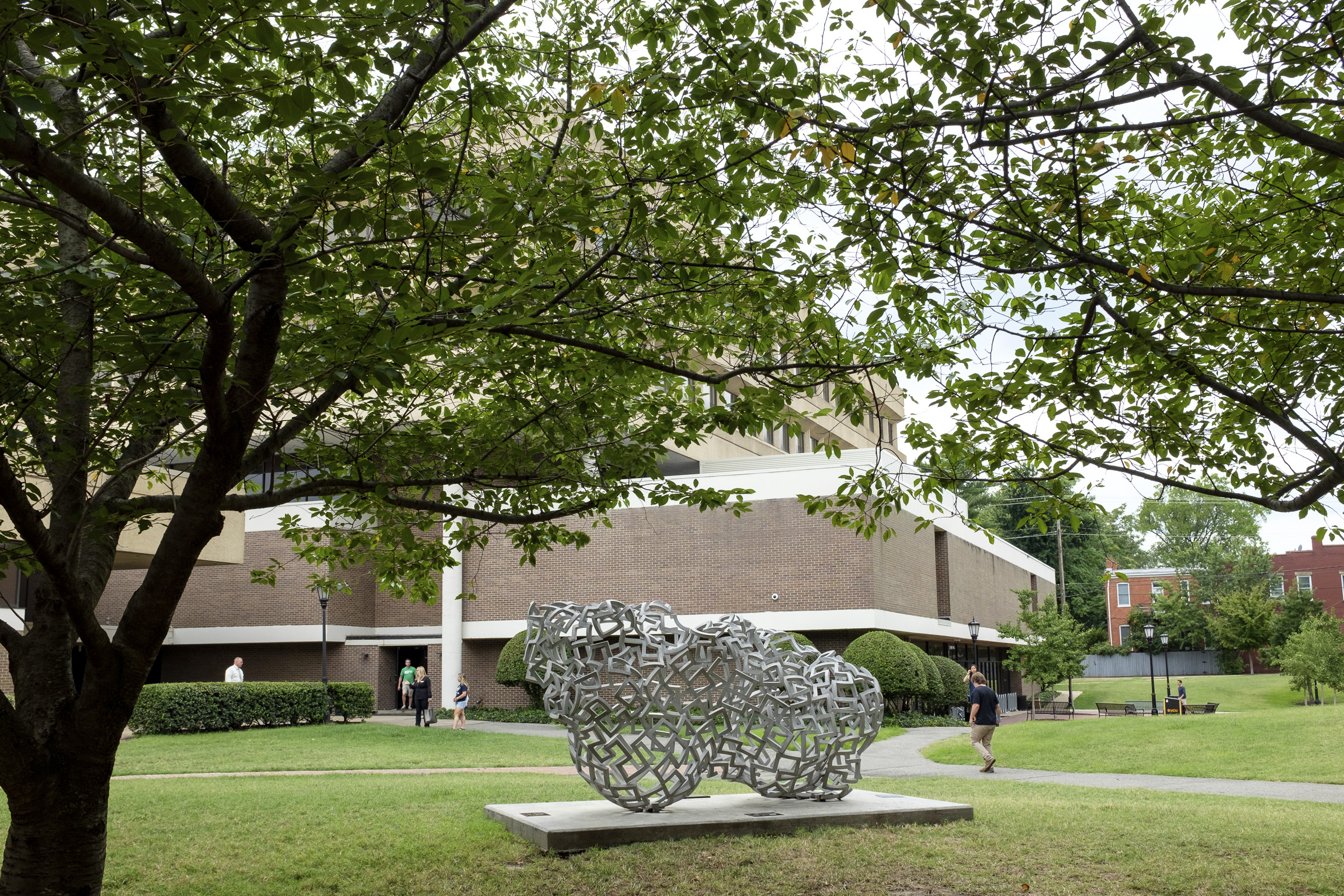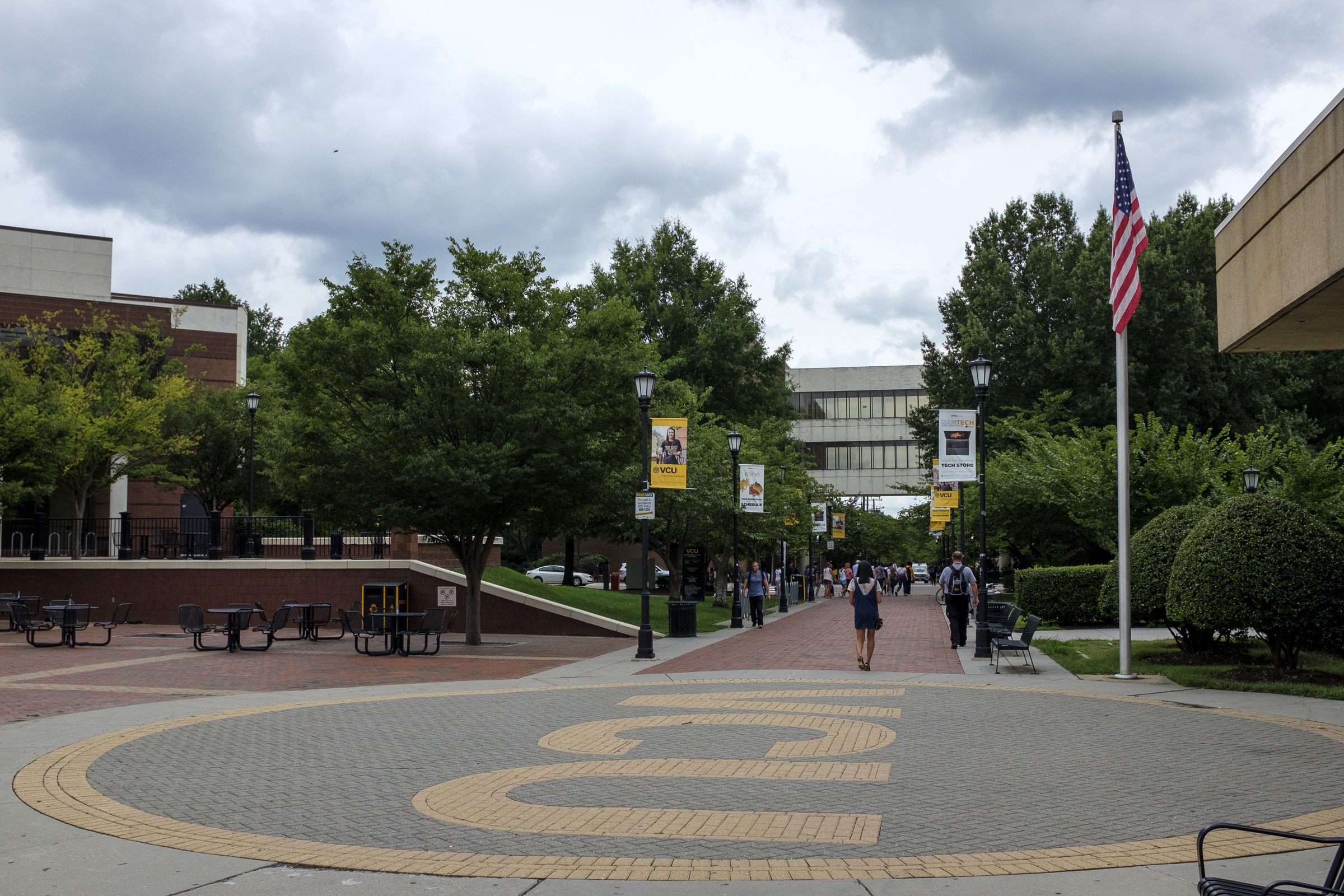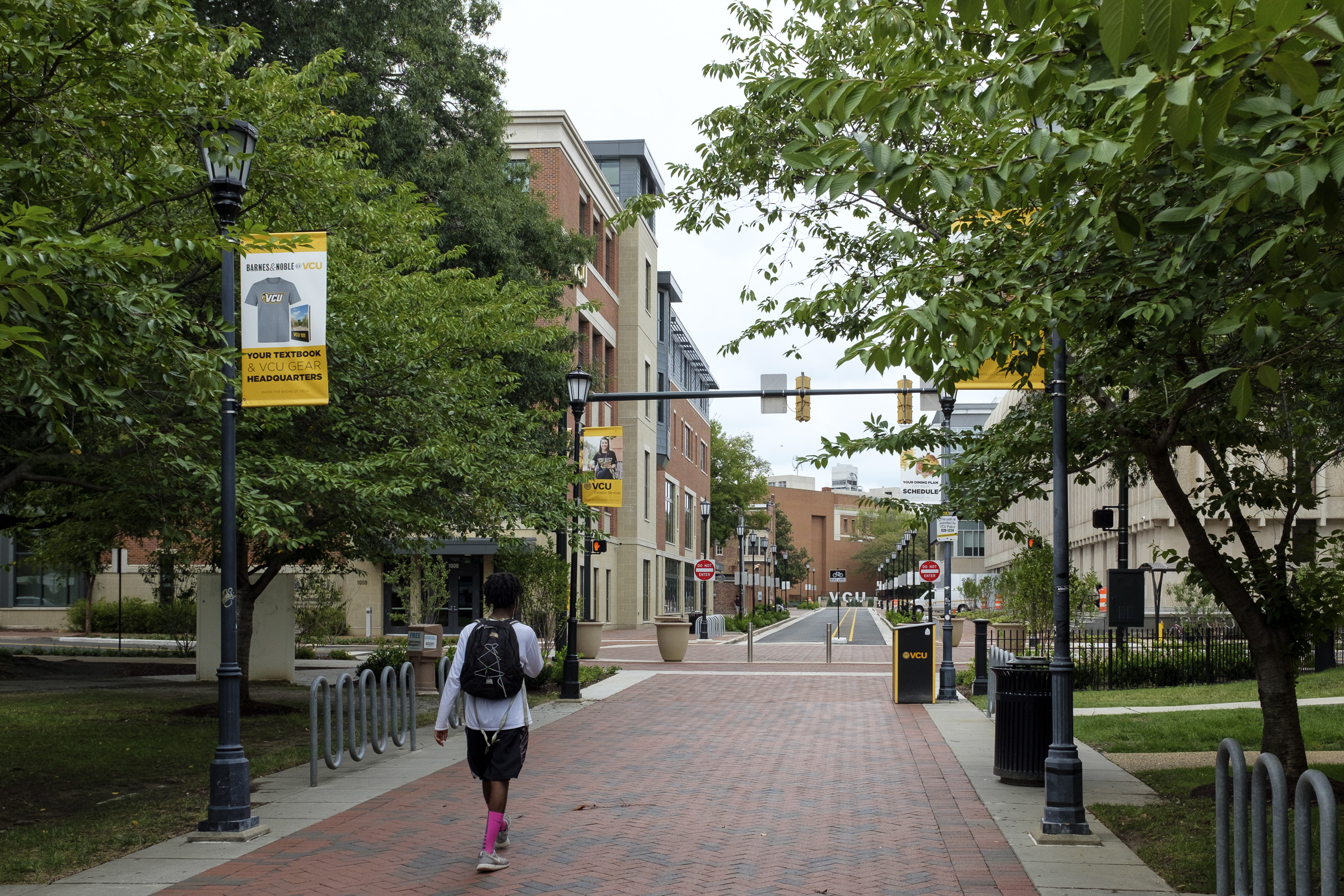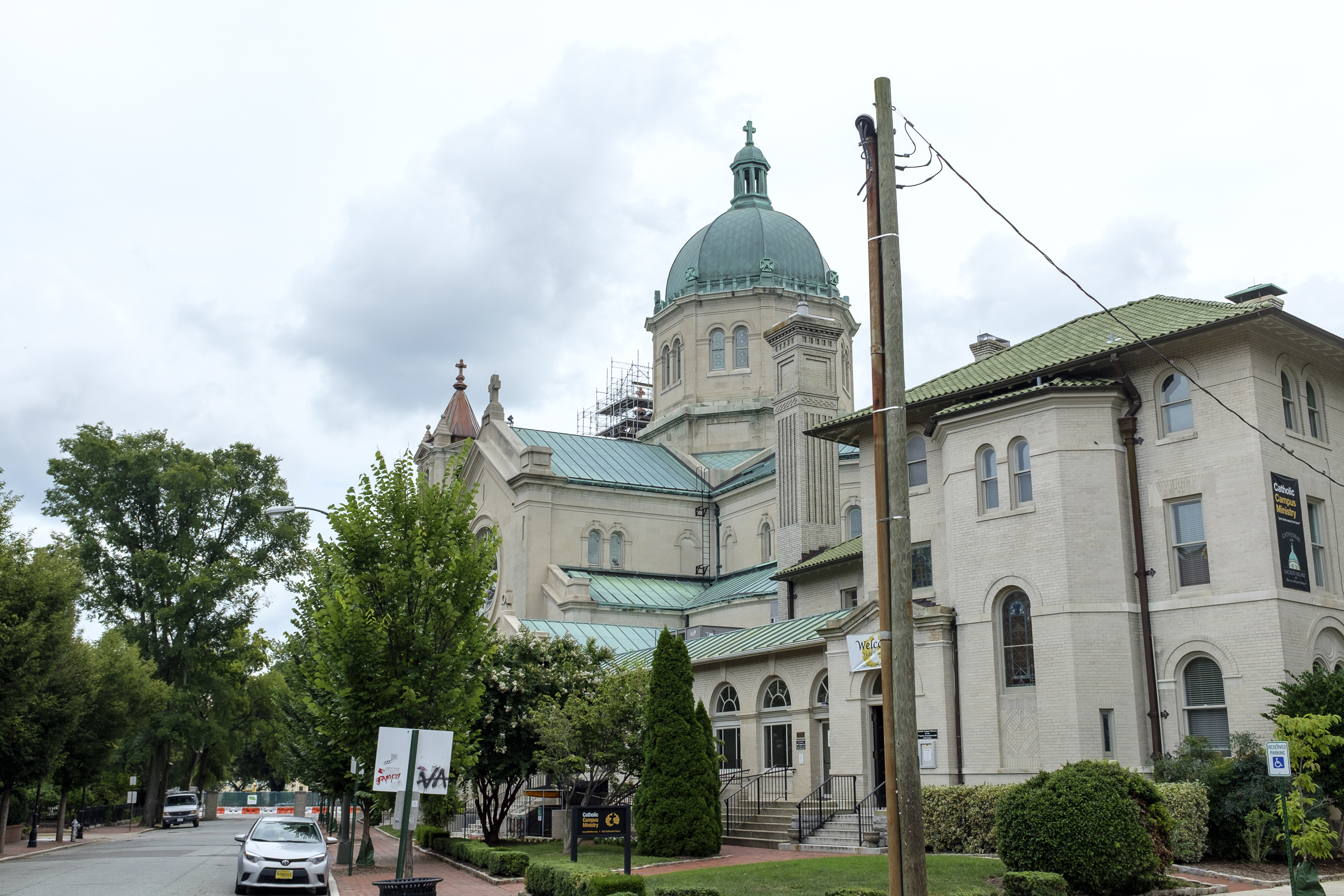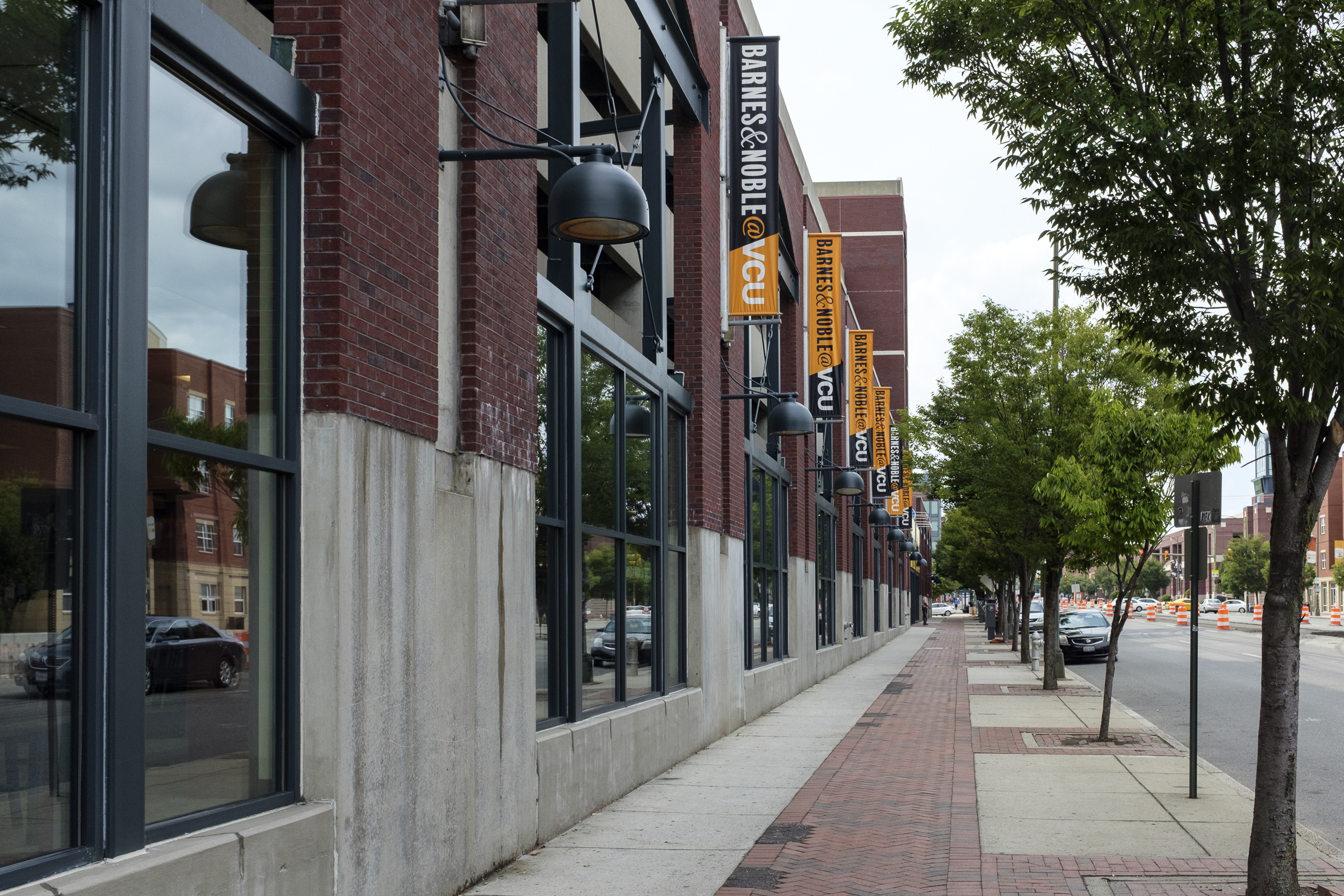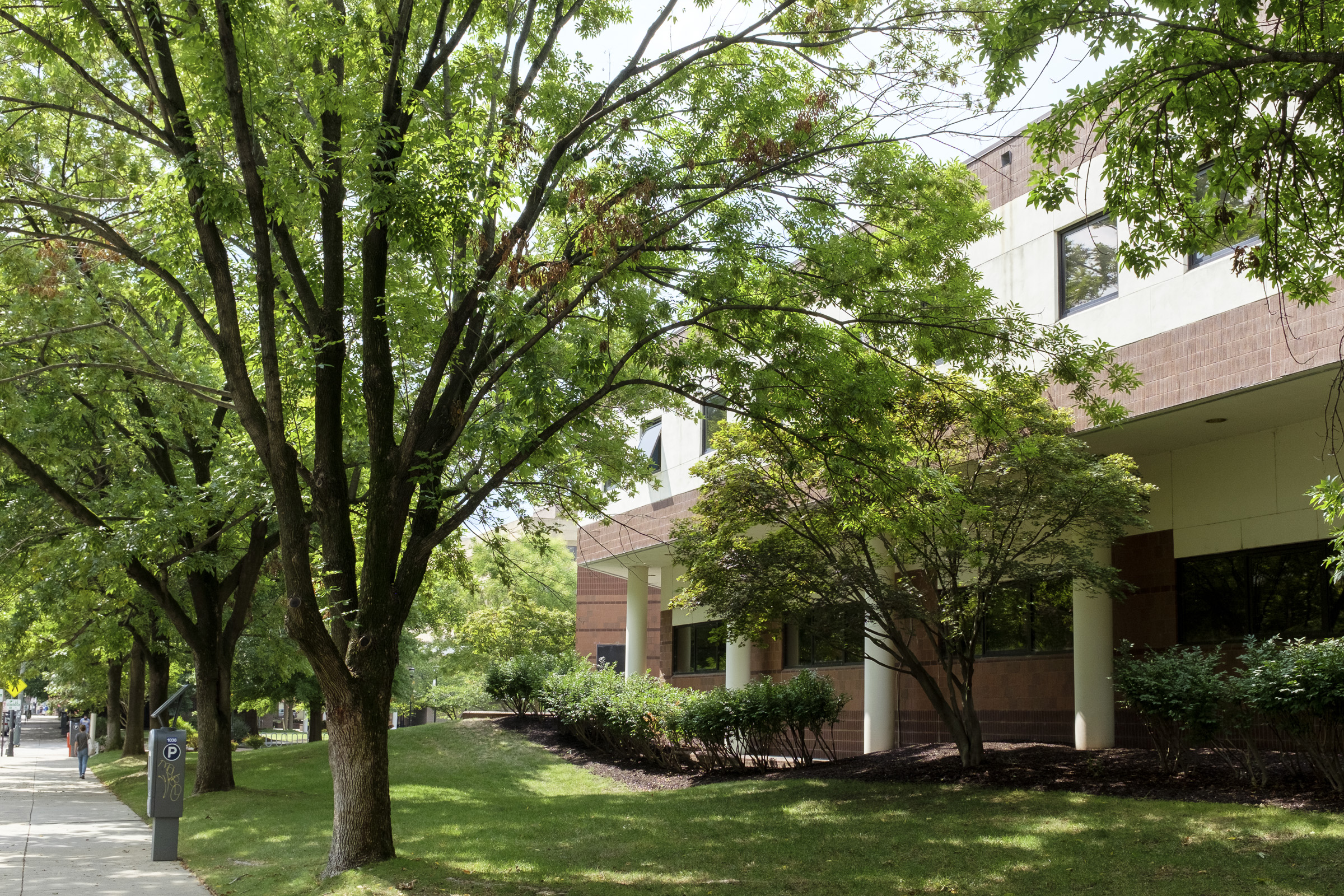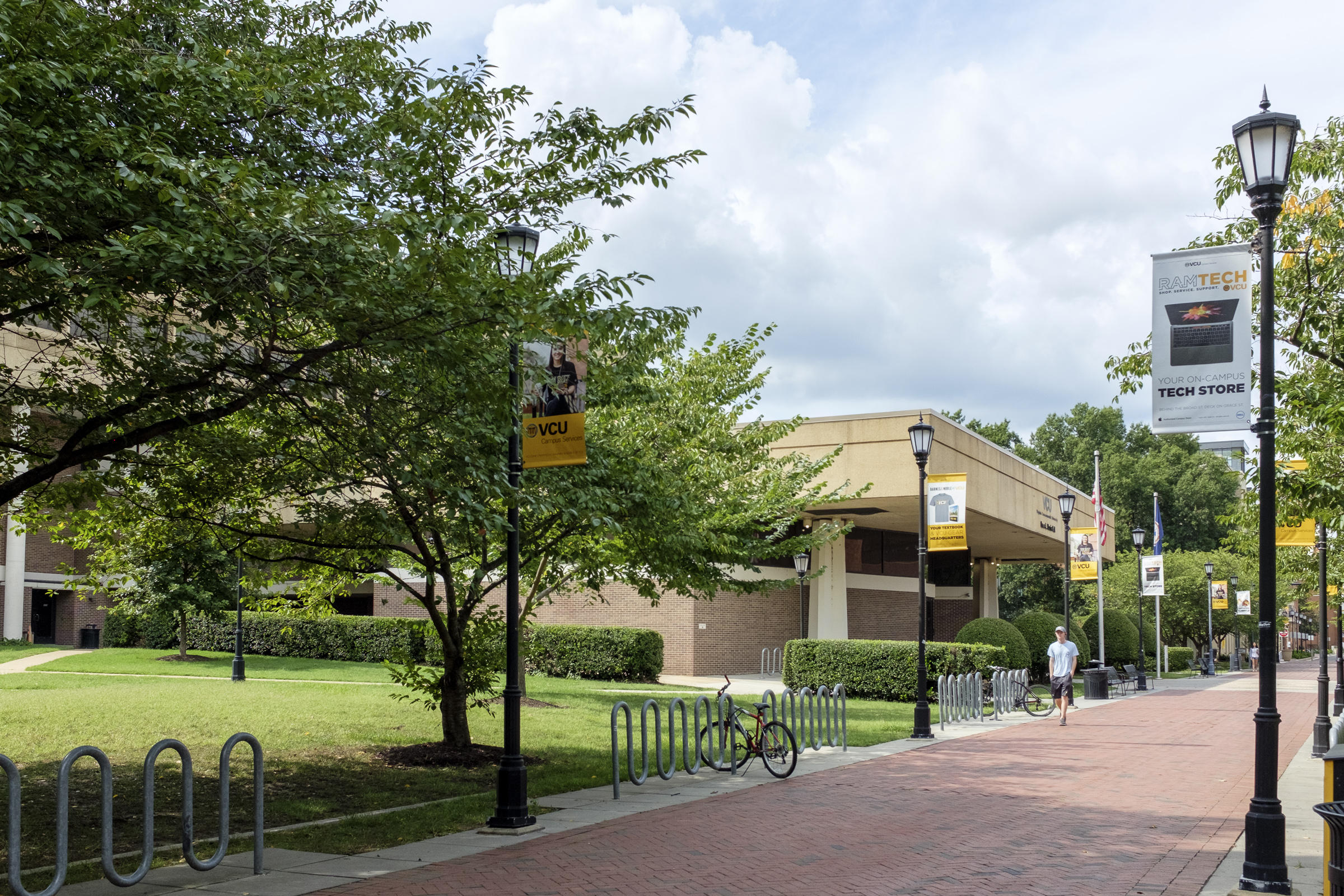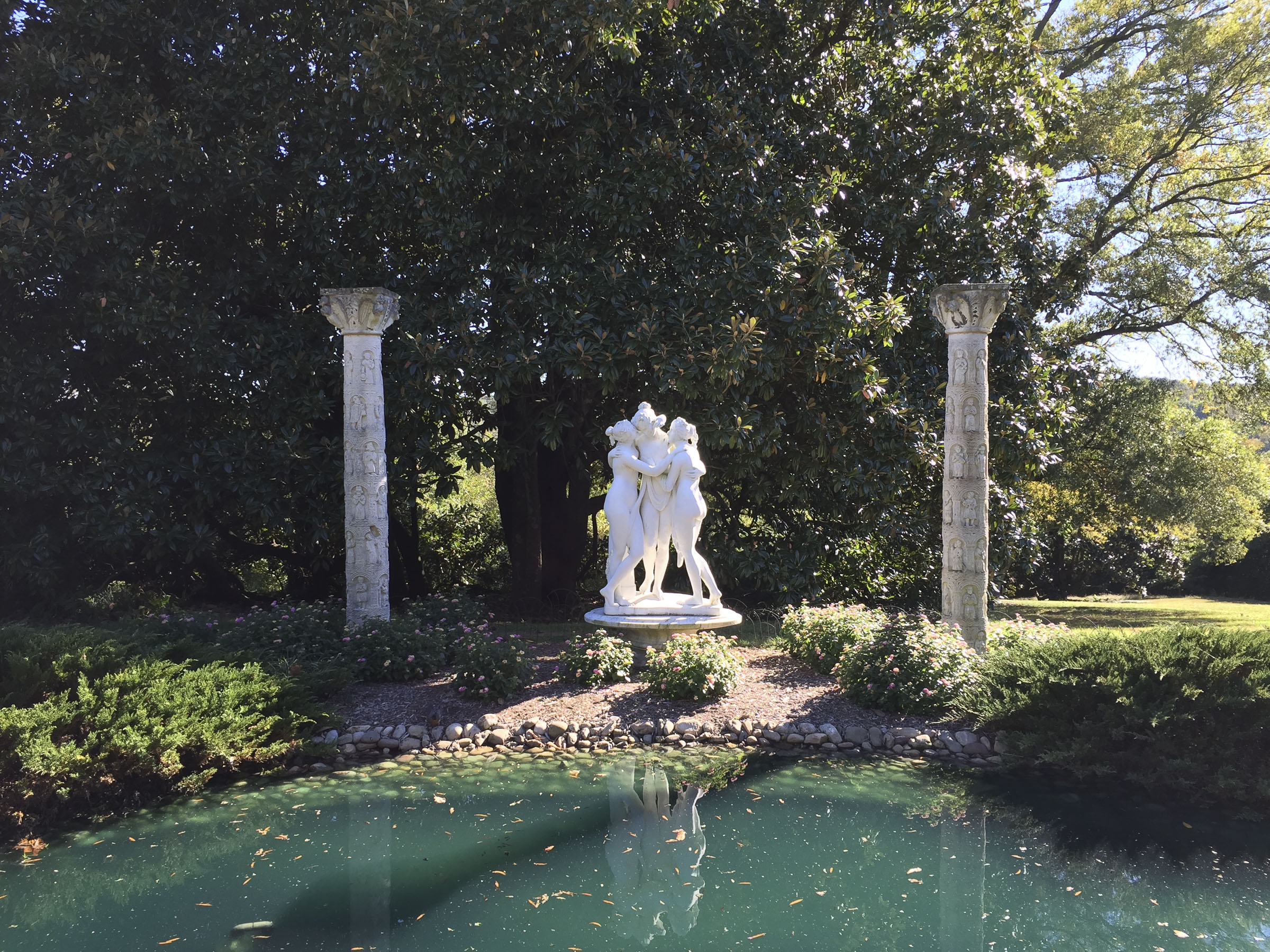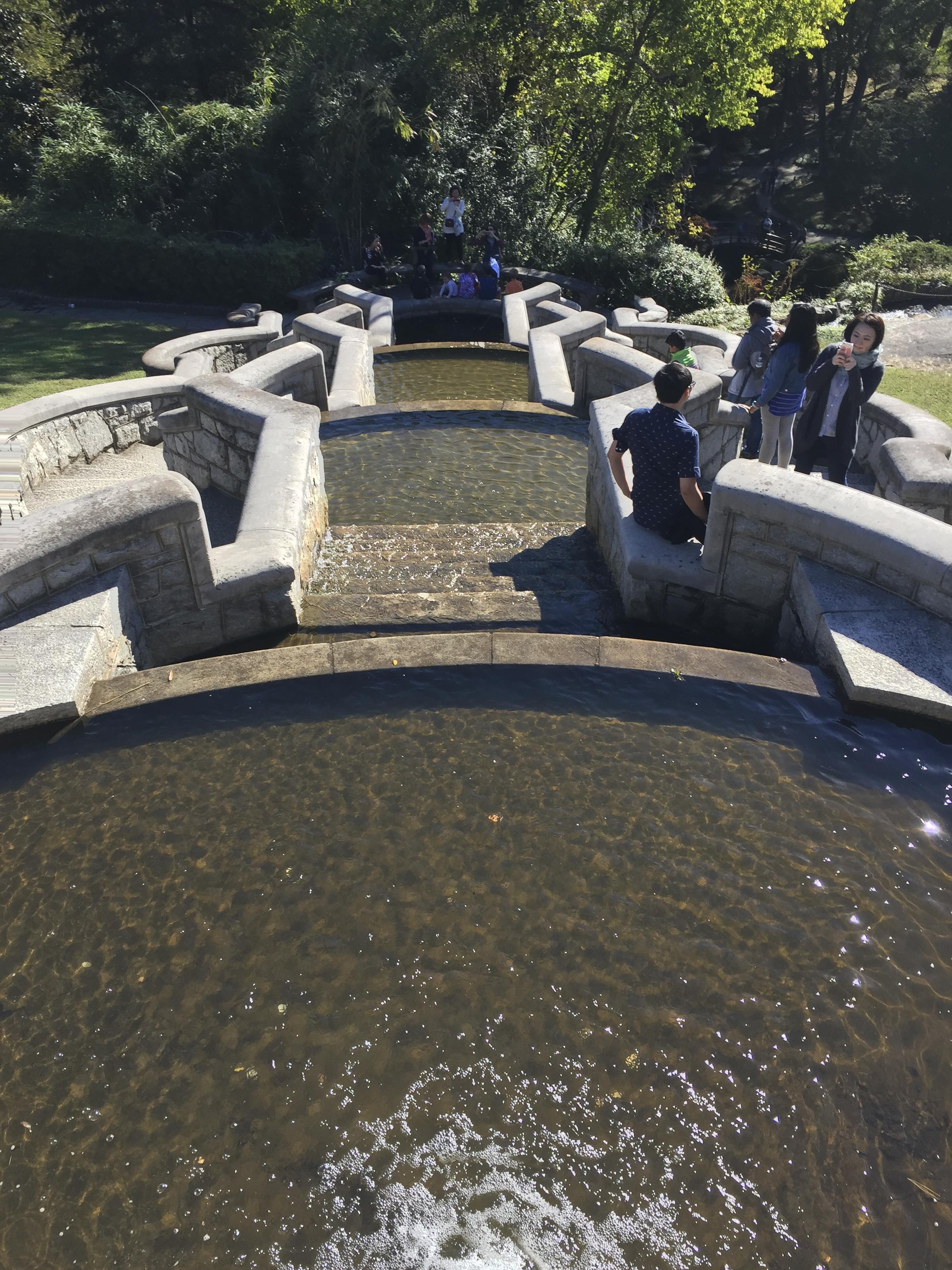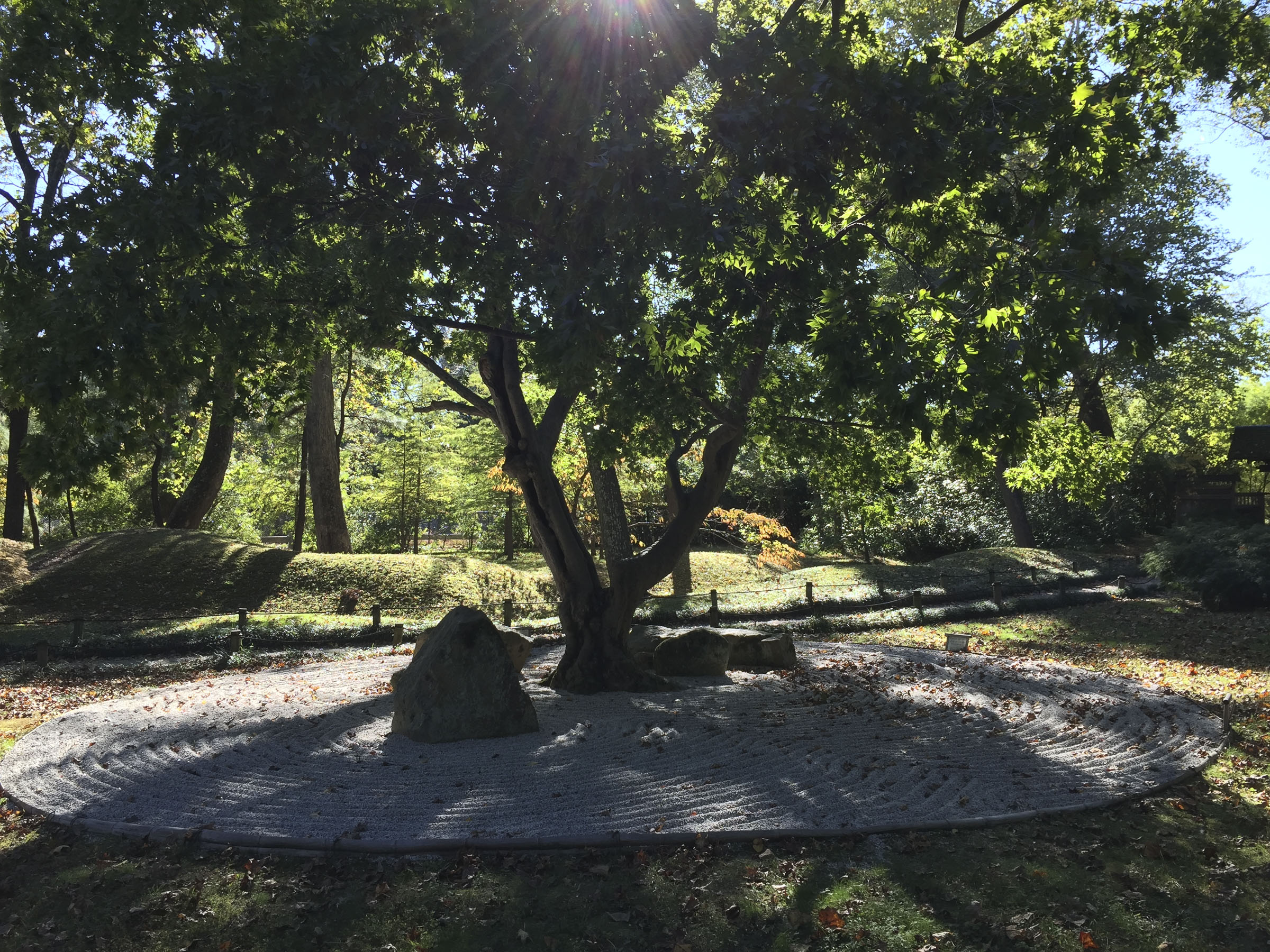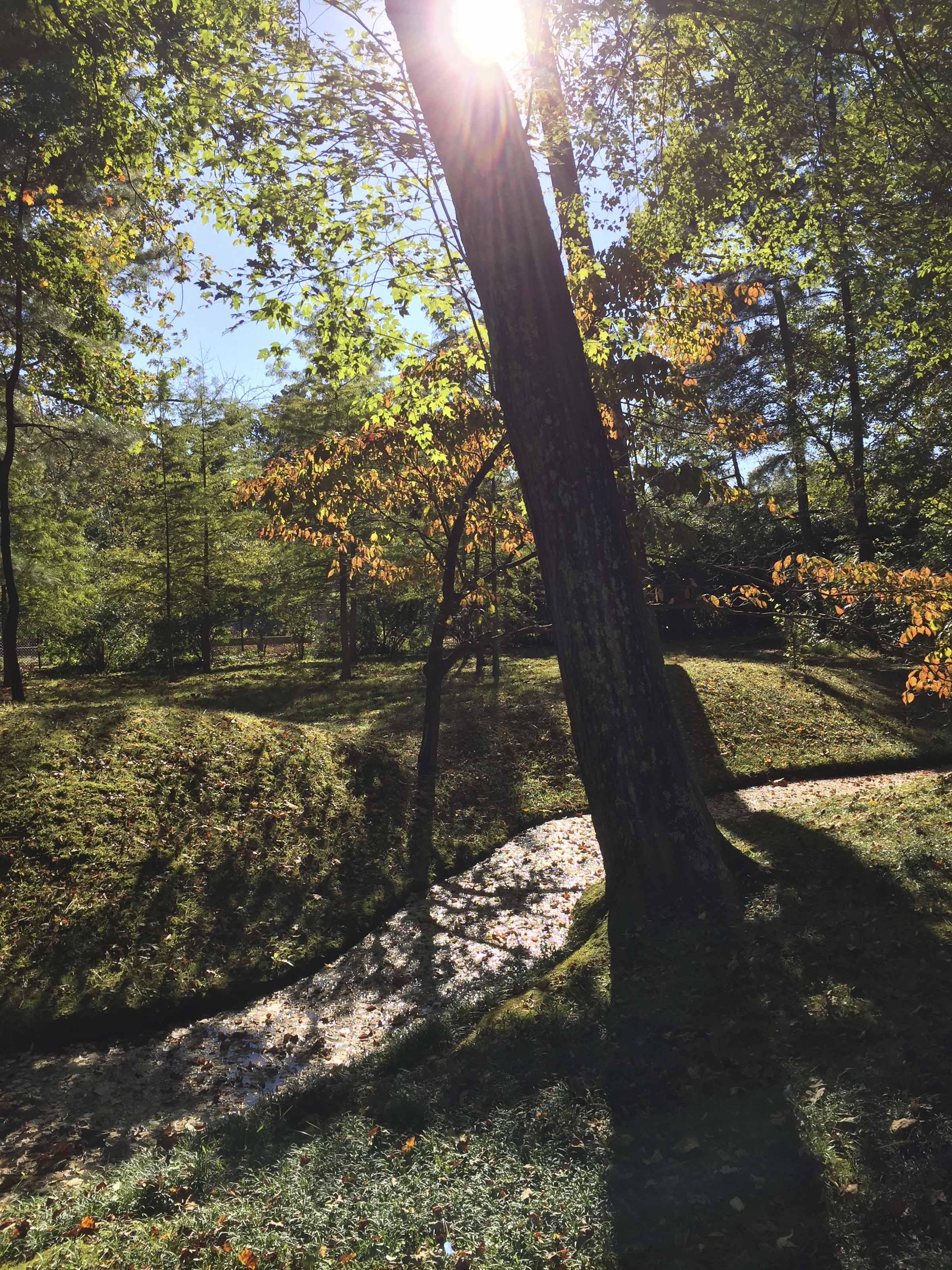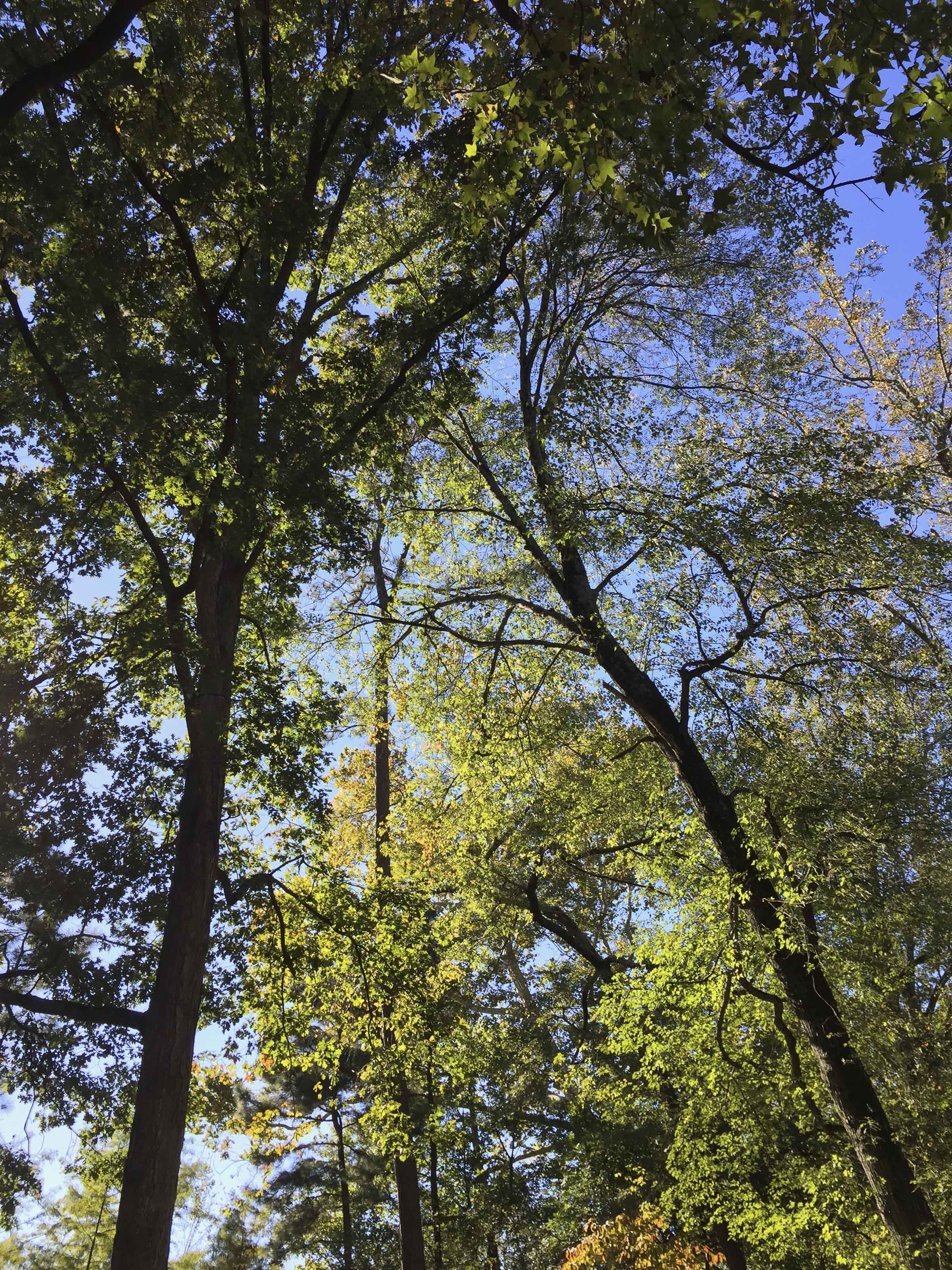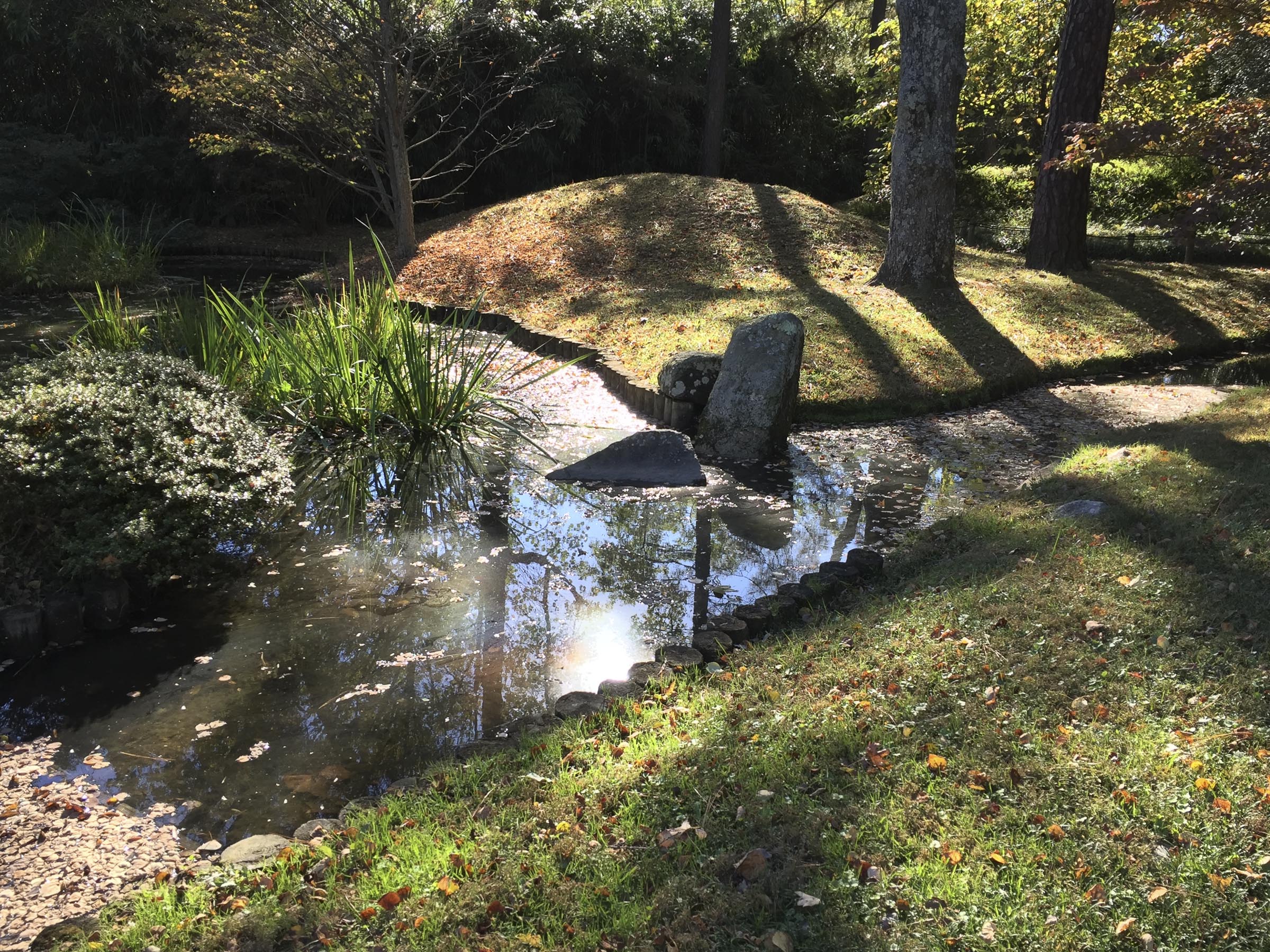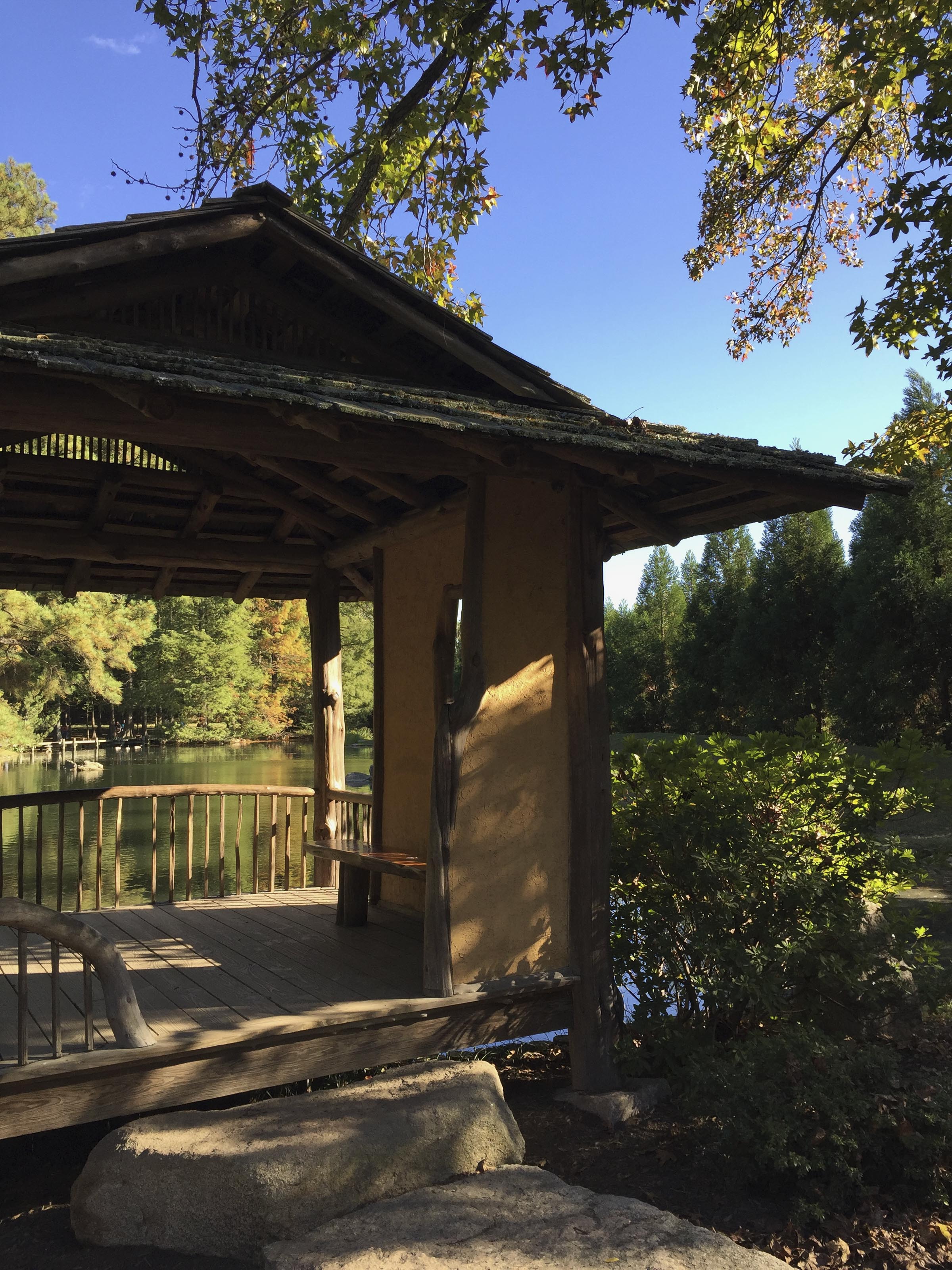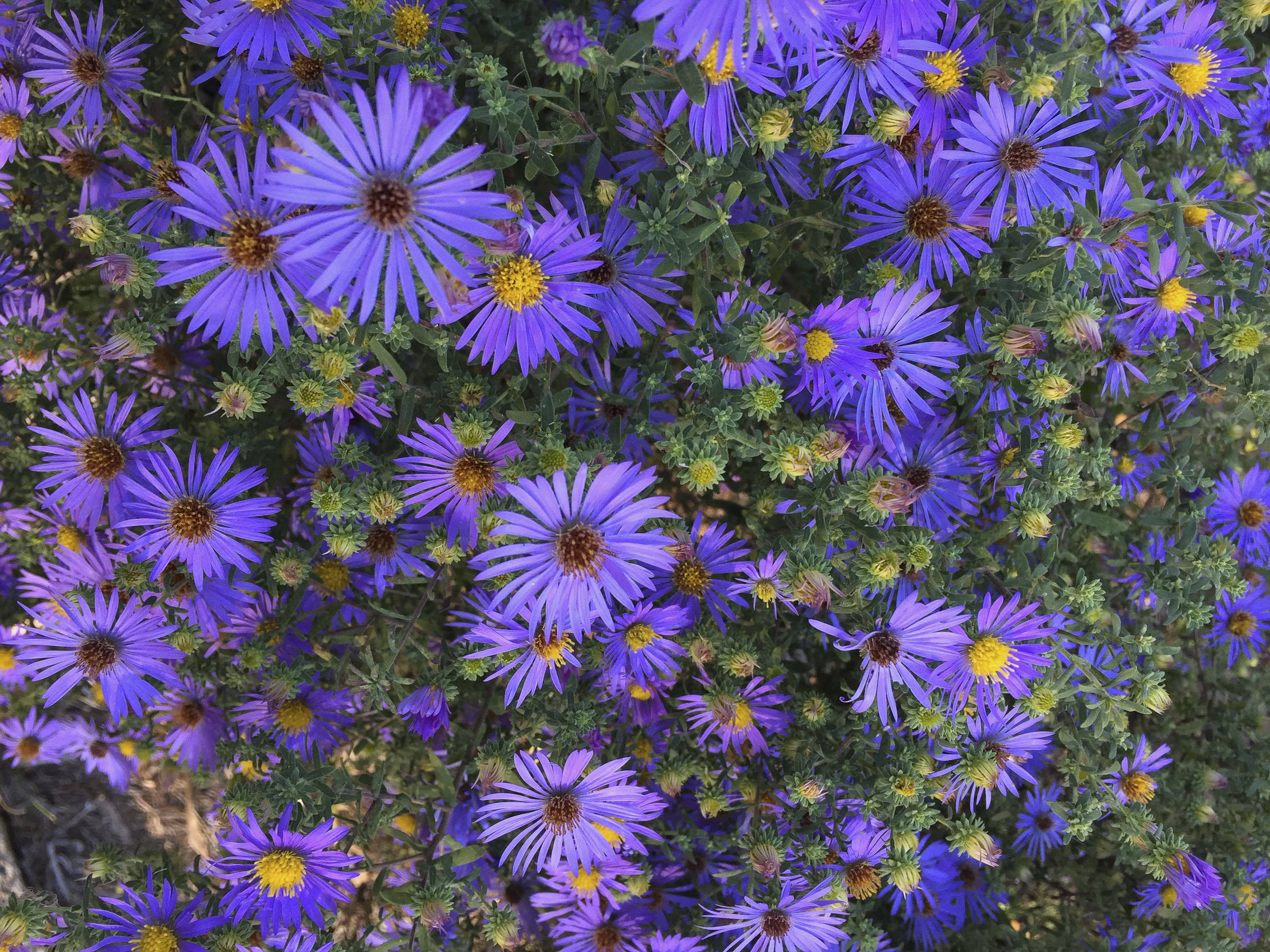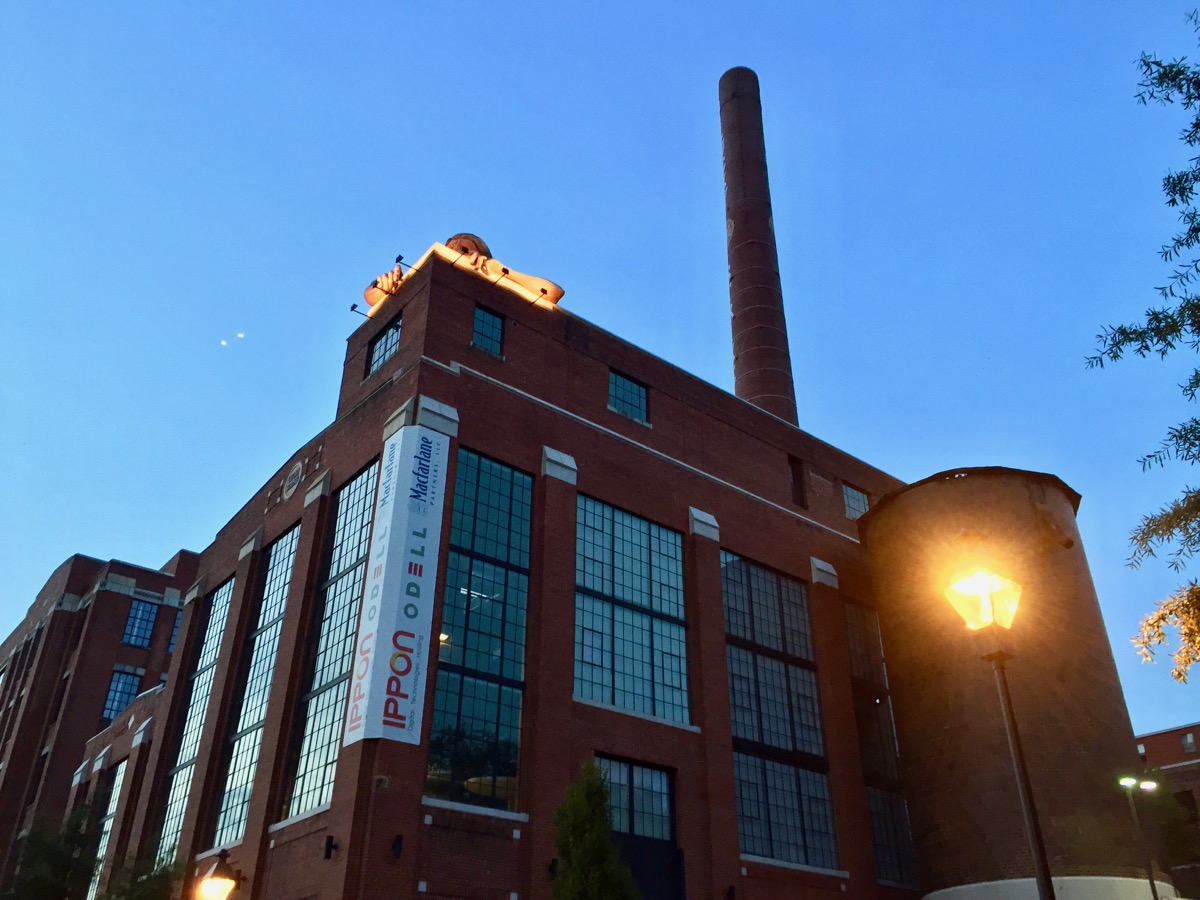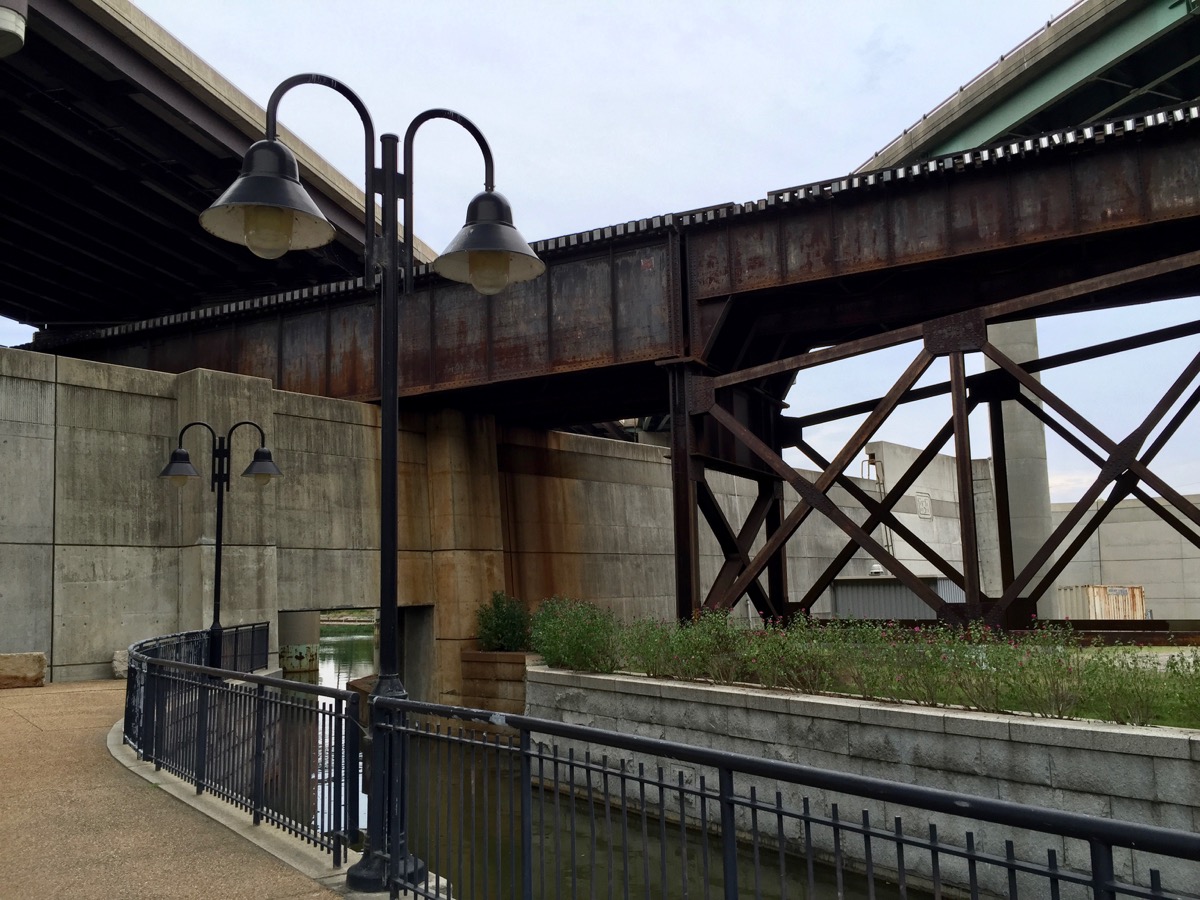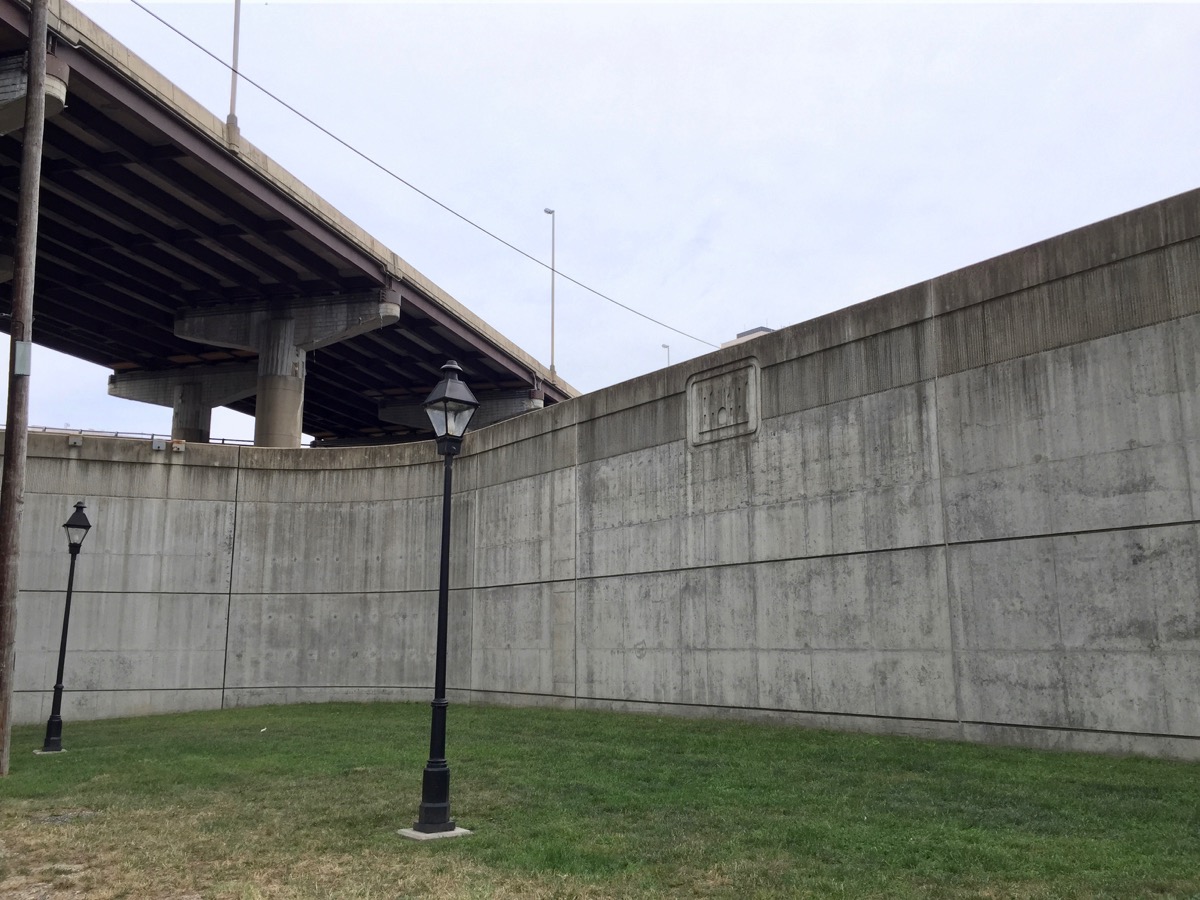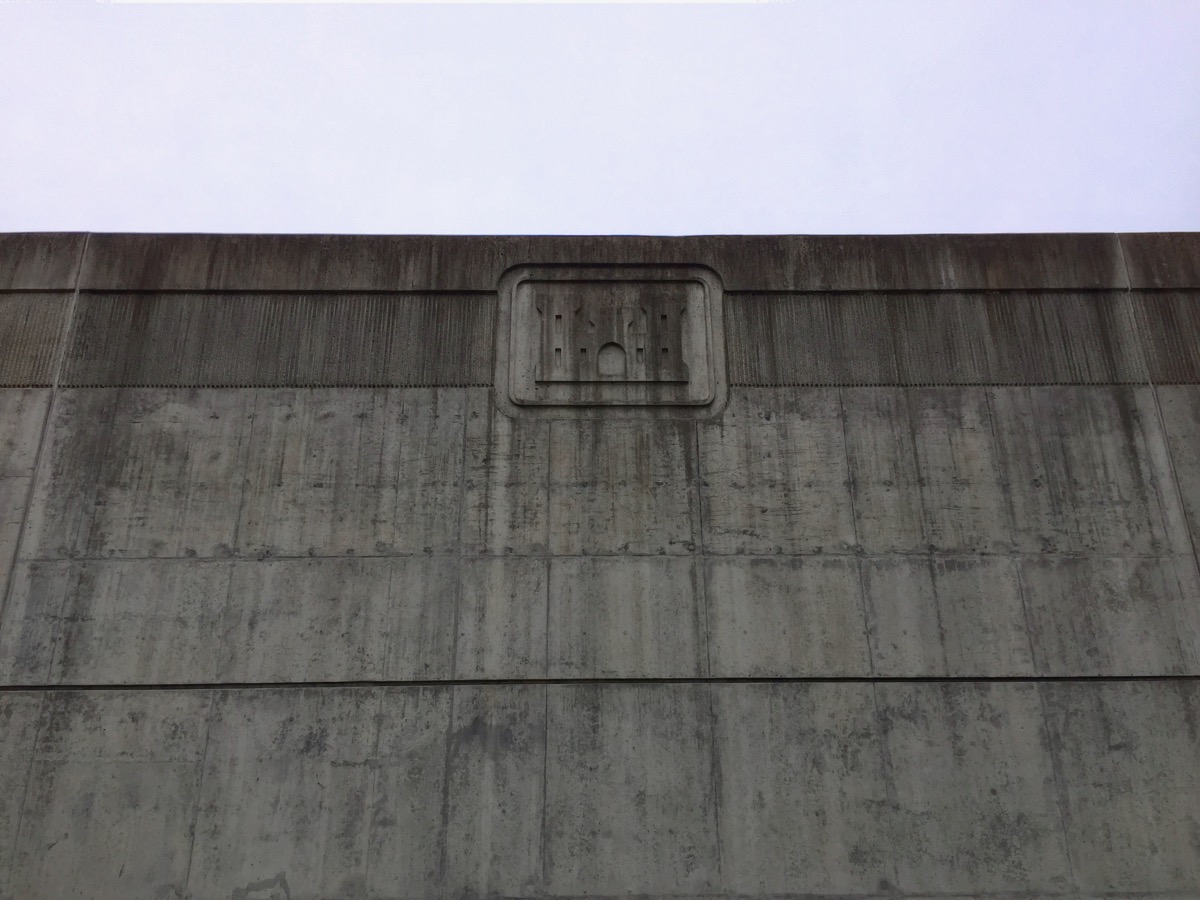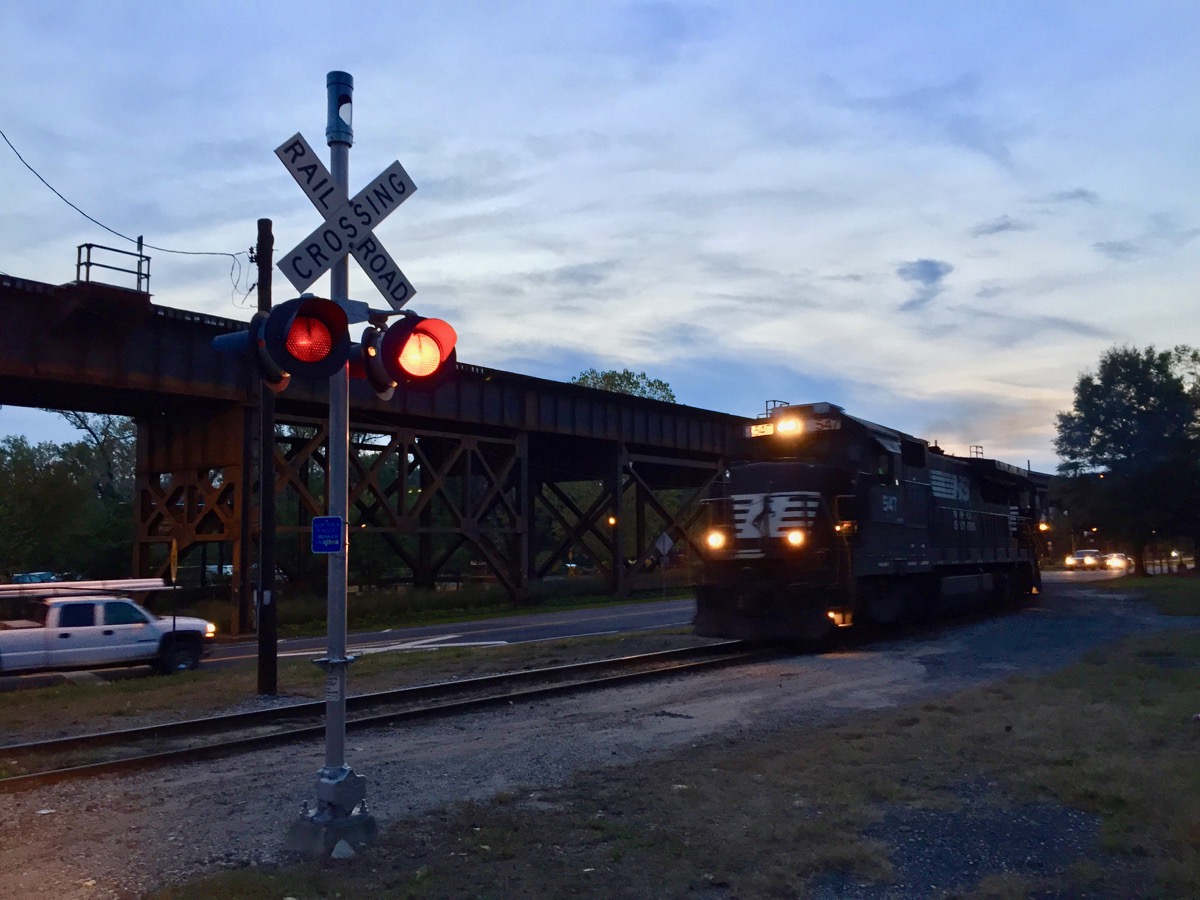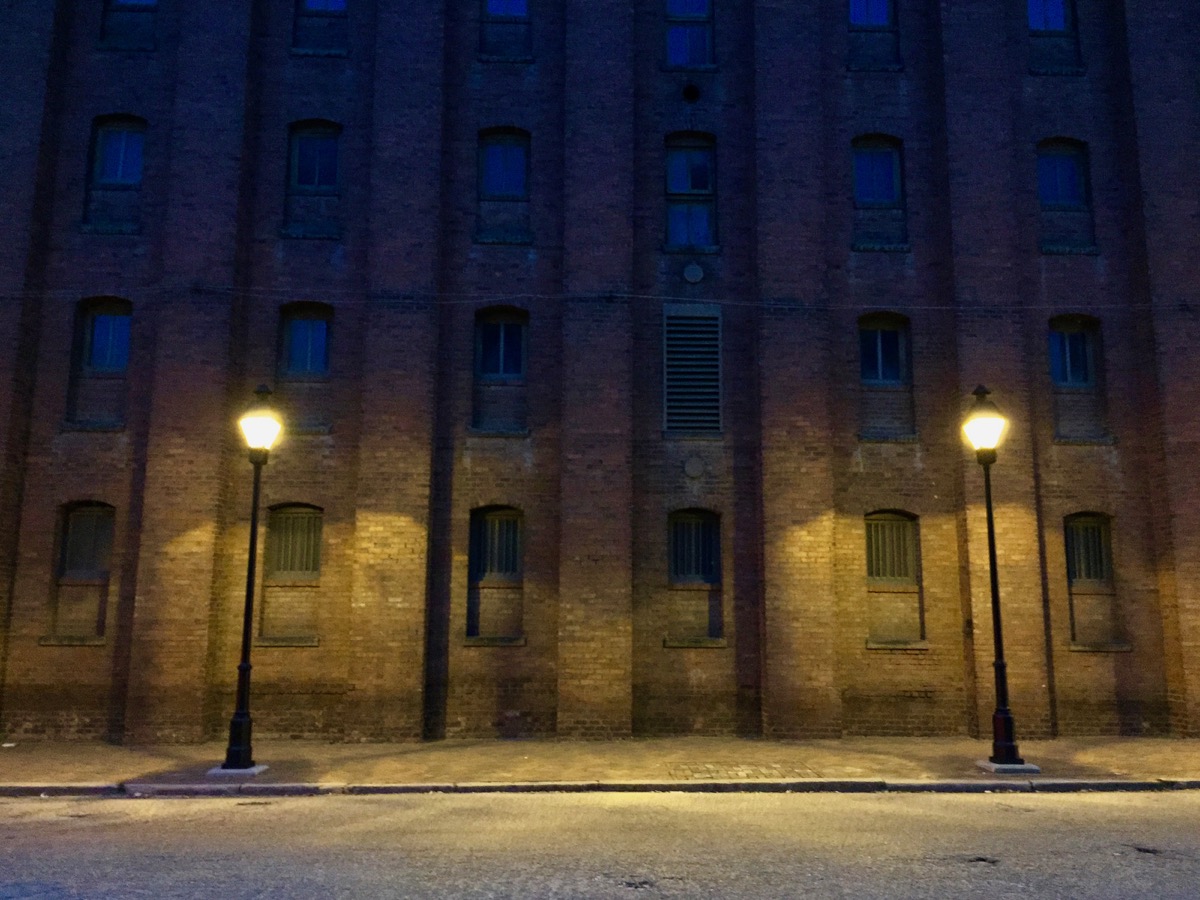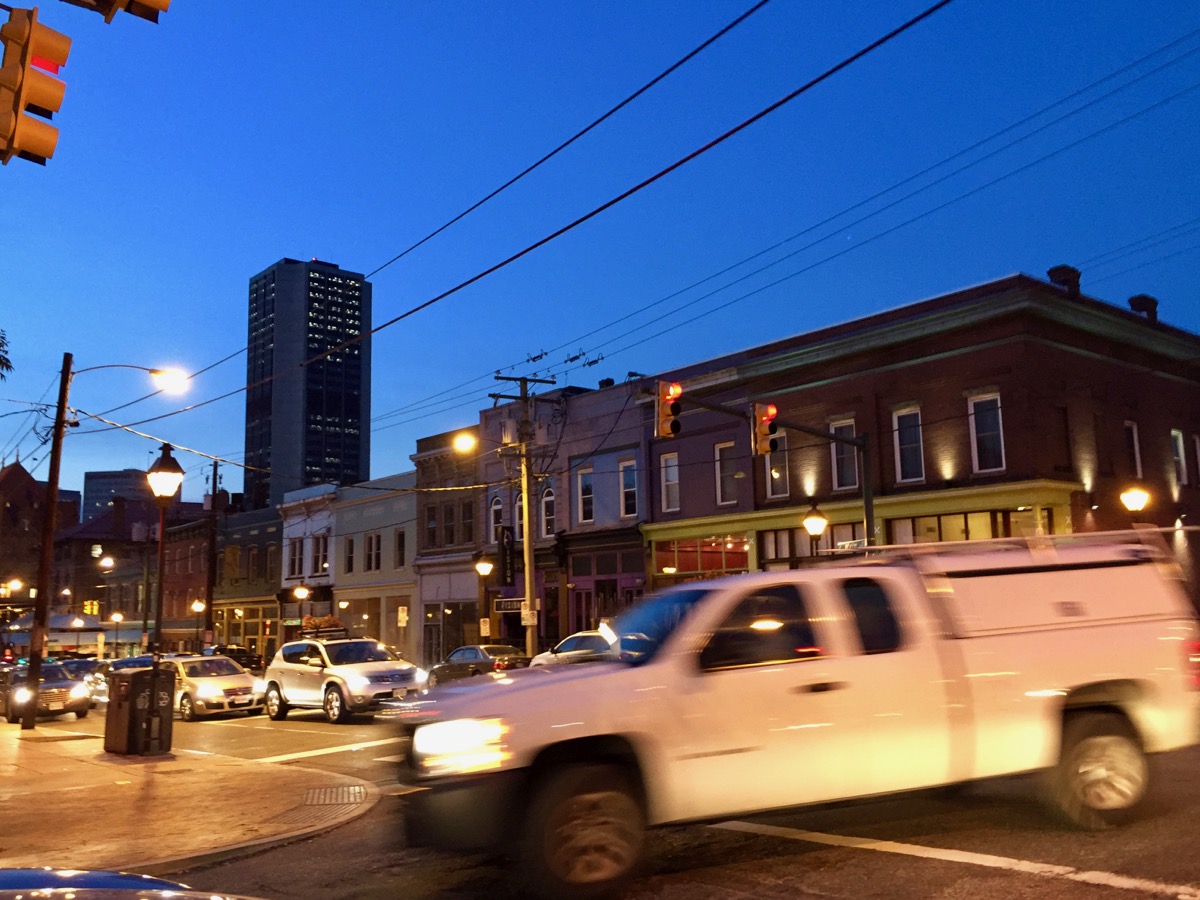Twin Hickory是一个整体规划的开放式社区,以居住用途为主。Twin Hickory位于里士满市郊的Glen Allen区域,离市中心大约18分钟的车程。社区包含了超过1400座房屋*,18个小区*,一个小型购物区,一个YMCA中心,一所高中(Deep Run High School),几所小学,以及数个社区公园。Twin Hickory坐落在Short Pump购物中心,和Nuckols Road之间,沿着I-295高速和Twin Hickory Road分布。社区可以通过I-64高速的178A出口,以及I-295高速的51A/B出口到达。Twin Hickory社区是Short Pump一带最大的居住社区之一,拥有包括独栋家庭房屋、排房以及公寓这三种房屋类型。
Twin Hickory社区会所,以及会所的游泳池。
社区由Twin Hickory业主委员会(Twin Hickory Homeowners’ Association,同时是物业公司)管理,社区拥有出色的设施,景观设计,以及建筑整体性。HOA的专业服务帮助提升了该区域的物业价值。社区设施的亮点部分是位于4601 Hickory Lake Drive的社区会所。会所拥有一系列大小、深浅不一的游泳池,包括了标准池,跳水池,水上滑道区,嬉水池等,另所有年龄段的人都有能够安心畅玩的地方*。游泳池在每年的Memorial Day(五月最后一个星期一)到Labor Day(九月的第一个星期一)之间开放。在会所的旁边还有儿童娱乐场,网球场,以及步行道。Twin Hickory社区的步行道全长超过8英里,连接了区内的主要公共空间和设施,包括了学校,教堂,购物区,YMCA,以及Twin Hickory社区公共活动中心(Park and Recreation Center)。
Henrico公共图书馆(Henrico Public Library),位于Twin Hickory社区公共活动中心内。
Twin Hickory社区公共活动中心内坐落了Henrico公共图书馆,同时这里也是很多社娱乐动和夏季活动举办的地方。RLRVA编辑参观这里的时候,已经时近初秋,活动中心已经稍微显得宁静。不过,这里的居民仍然对先前的社区活动的回忆津津乐道。这些精彩的活动包括了去年的经典大众甲壳虫展,以及今年夏季的儿童嬉戏喷泉。现在,和暖的秋日阳光意味着这是读书和冥想的好时候。Henrico公共图书馆聚集了不少的附近居民,包括了来自其他社区的人。图书馆全年免费向公众开放,工作日期间开放时间为早上9点到晚上9点,周末的开放时间为早上9点到下午6点。图书馆同时还有一个驶入式的服务窗口,可以借还书。Twin Hickory社区公共活动中心大大地丰富了这里的生活。
Deep Run高中。
坐落在4801 Twin Hickory Road 的 Deep Run高中(Deep Run High School)是Henrico行政区内的一所主要公立高中。这所高中以Henrico行政区的第一所学校Deep Run命名。高中包含了超过1700名学生,110名教师,以及大量杰出校友。Deep Run高中在2016年被U.S. News & World Report列为弗吉尼亚顶级高中的第八名,同时在全美高中内排名278**。Deep Run高中,还有附近的小学,以及市中心的两所大学(弗吉尼亚联邦大学/VCU;和里士满大学/UR),构成了Twin Hickory社区优异的教育资源背景。
YMCA中心,以及Twin Hickory购物区域。
Shady Grove YMCA家庭中心(Shady Grove Family YMCA)*** 位于Nuckols Road和Twin Hickory Road的交界之处。中心为不同年龄段的人提供了健康训练项目和其他服务,月会员费为$20到$40不等。这一YMCA中心拥有相当高的群众评分(4.5 out of 5, via Google),从1995年开始,就为(当时还没完全建成的)Twin Hickory社区和其他社区的家庭提供健身和健康服务。YMCA家庭中心同时提供瑜伽和游泳等课程。它和里士满区内的另外16个YMCA中心一道,为这里居民的健康身心提供了坚实的保障。
一般来说,在Twin Hickory社区,业主自己维护物业内的行车道和房屋。不过Twin Hickory社区内也有一些带有统一管理的公寓式住宅,以及对应的小区。这些小区包括Bellingham,Belmont Park,Holly Glen,Jamerson Park,以及Park Commons。Twin Hickory社区拥有一个小型的购物中心,中心内有商店,饭店,一个食品超市(Food Lion),以及一些便利店(如CVS药房)。Twin Hickory同时离区域内的购物热点很近,包括了Short Pump购物中心和West Broad Village。
Twin Hickory的一些房屋:
想在这里买房吗?感兴趣的话您可以通过下面链接查询当前该社区是否有房屋出售:
* Twin Hickory HOA网站: https://community.associawebsites.com/sites/TwinHickory/Pages/AcwDefault.aspx
** Wikipedia: https://en.wikipedia.org/wiki/Deep_Run_High_School
*** Young Men’s Christian Association,面向社区的非营利机构,提供健身和健康生活服务,在美国YMCA也简称 “the Y”。
位置:
Twin Hickory Rd, Glen Allen, VA 23059
Access via Exit 178A of I-64, or Exit 51 of I-295.
HOA网站:
https://community.associawebsites.com/sites/TwinHickory/Pages/AcwDefault.aspx
